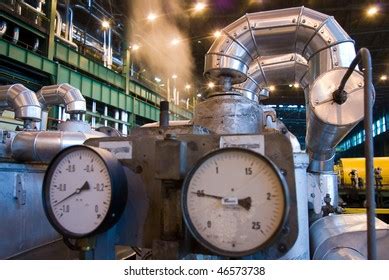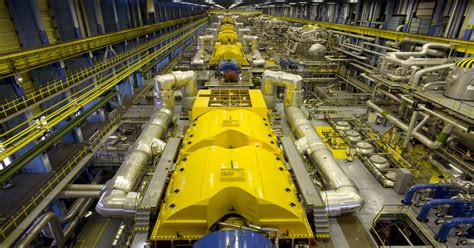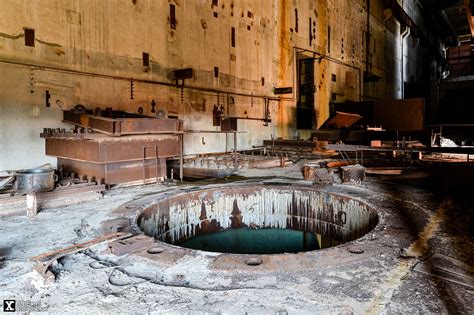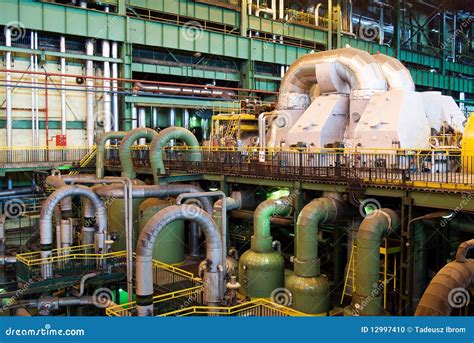As we step inside a power plant, the first thing that strikes us is the sheer scale of the operation. The plant is a complex system of machines, pipes, and wires, all working together to generate electricity on a massive scale. The sound of humming machinery and the smell of fuel fill the air, giving us a sense of the incredible amount of energy being produced. Power plants are the backbone of modern society, providing the electricity that powers our homes, industries, and transportation systems. In this article, we will delve into the inner workings of a power plant, exploring the different types of plants, their components, and the processes that generate electricity.
Key Points
- The main types of power plants are thermal, hydro, nuclear, and renewable energy plants.
- Power plants use a variety of fuels, including coal, natural gas, and uranium, to generate electricity.
- The electricity generation process involves converting energy from the fuel into mechanical energy, which is then converted into electrical energy.
- Power plants have a significant impact on the environment, with greenhouse gas emissions and water usage being major concerns.
- Advances in technology are leading to the development of more efficient and sustainable power plants.
Types of Power Plants

There are several types of power plants, each with its own unique characteristics and advantages. Thermal power plants, which account for the majority of electricity generation worldwide, use fossil fuels such as coal, natural gas, or oil to produce steam. This steam then drives a turbine, which generates electricity. Hydroelectric power plants, on the other hand, harness the energy of moving water to produce electricity. Nuclear power plants use the heat generated by nuclear reactions to produce steam, which drives a turbine. Renewable energy power plants, such as wind farms and solar parks, use natural resources like wind and sunlight to generate electricity.
Thermal Power Plants
Thermal power plants are the most common type of power plant, accounting for over 60% of global electricity generation. These plants use a variety of fuels, including coal, natural gas, and oil, to produce steam. The steam is then used to drive a turbine, which generates electricity. The efficiency of thermal power plants is around 33-40%, meaning that for every unit of fuel used, only a third to two-fifths of the energy is converted into electricity. The remaining energy is lost as heat, which is typically released into the atmosphere through cooling towers or other cooling systems.
| Power Plant Type | Efficiency | Fuel Used |
|---|---|---|
| Thermal | 33-40% | Coal, Natural Gas, Oil |
| Hydroelectric | 90% | Water |
| Nuclear | 33-40% | Uranium |
| Renewable Energy | Varies | Wind, Sunlight, etc. |

Components of a Power Plant

A power plant consists of several key components, including the fuel system, boiler, turbine, generator, and transmission system. The fuel system is responsible for delivering fuel to the plant, while the boiler uses the fuel to produce steam. The turbine is driven by the steam, which generates mechanical energy. The generator then converts this mechanical energy into electrical energy. Finally, the transmission system delivers the electricity to the power grid, where it is distributed to homes and businesses.
Boiler and Turbine
The boiler and turbine are critical components of a power plant, responsible for converting the energy from the fuel into mechanical energy. The boiler uses the fuel to produce steam, which is then directed into the turbine. The turbine is designed to extract as much energy as possible from the steam, using a combination of blades and vanes to maximize efficiency. The turbine is connected to the generator, which converts the mechanical energy into electrical energy.
The efficiency of the boiler and turbine is crucial in determining the overall efficiency of the power plant. Advances in technology have led to the development of more efficient boilers and turbines, which can operate at higher temperatures and pressures. This has resulted in significant improvements in efficiency, with some modern power plants achieving efficiencies of over 40%.
Environmental Impact
Power plants have a significant impact on the environment, with greenhouse gas emissions and water usage being major concerns. Thermal power plants, in particular, are a significant source of carbon dioxide emissions, which contribute to climate change. Nuclear power plants, on the other hand, produce no greenhouse gas emissions during operation but do generate radioactive waste. Renewable energy power plants have a much lower environmental impact, producing no emissions or waste during operation.
Greenhouse Gas Emissions
Greenhouse gas emissions from power plants are a major contributor to climate change. The burning of fossil fuels, such as coal and natural gas, releases large amounts of carbon dioxide into the atmosphere, which traps heat and contributes to global warming. According to the International Energy Agency (IEA), the energy sector is responsible for around 65% of global carbon dioxide emissions. Reducing greenhouse gas emissions from power plants is critical in mitigating the impacts of climate change.
What is the most efficient type of power plant?
+Hydroelectric power plants are the most efficient type of power plant, with an efficiency of around 90%. This is because they harness the energy of moving water to produce electricity, which is a highly efficient process.
What is the environmental impact of power plants?
+Power plants have a significant environmental impact, with greenhouse gas emissions and water usage being major concerns. Thermal power plants, in particular, are a significant source of carbon dioxide emissions, which contribute to climate change.
What is the future of power generation?
+The future of power generation is likely to be shaped by advances in technology and changes in energy policy. Renewable energy sources, such as wind and solar power, are becoming increasingly cost-competitive with fossil fuels and are likely to play a major role in the future of power generation.
In conclusion, power plants are complex systems that play a critical role in generating electricity for our homes, industries, and transportation systems. While they have a significant environmental impact, advances in technology and changes in energy policy are leading to the development of more efficient and sustainable power plants. As we move forward, it is essential that we prioritize the development of renewable energy sources and reduce our reliance on fossil fuels to mitigate the impacts of climate change.



